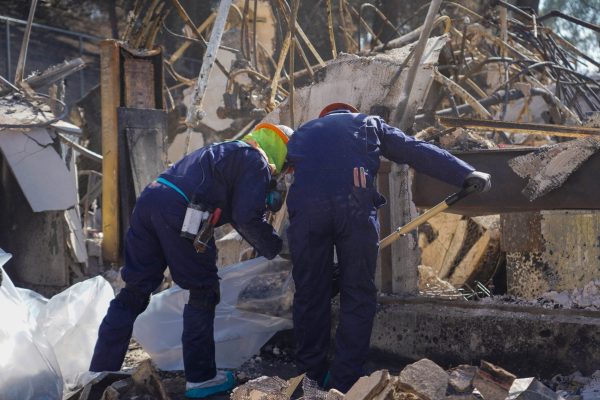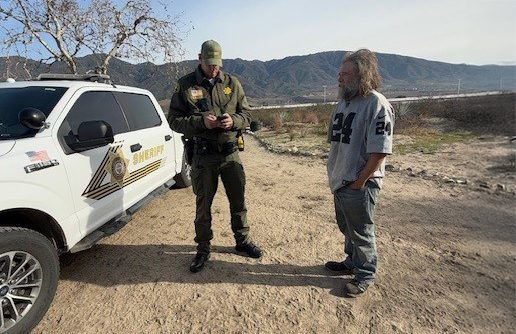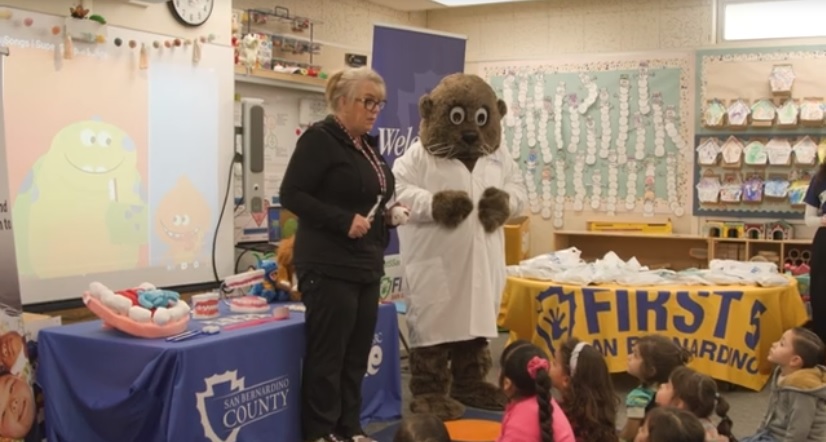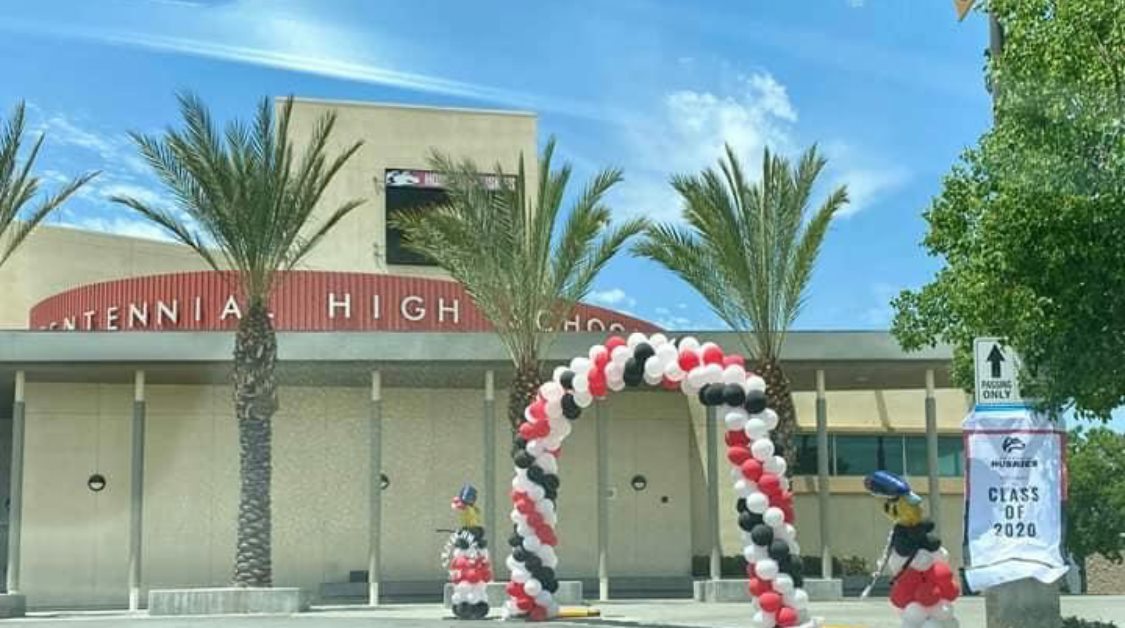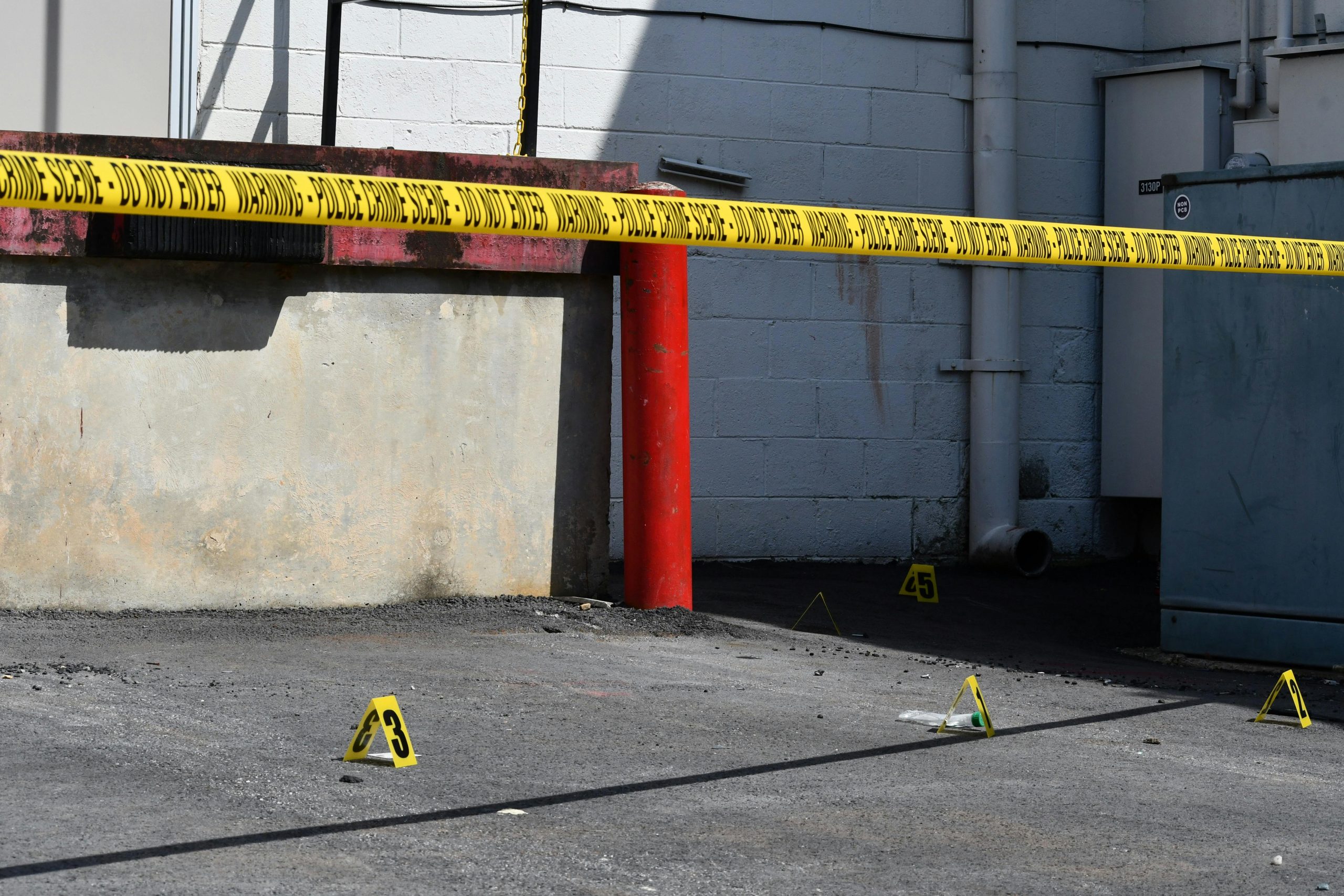The Federal Emergency Management Agency and the U.S. Army Corps of Engineers began removing fire debris Tuesday from private properties damaged or destroyed in the recent Los Angeles wildfires.
Crews from LA County and cities in fire zones will enter the properties of survivors who submitted a Right of Entry form OK-ing the removal of concrete, metal, ash, hazardous trees and other fire-damaged materials.
During a news conference Monday, officials said the debris removal was a major milestone for wildlife recovery efforts.
“Residents in impacted areas will notice an increase in truck traffic, equipment movement and work crews over the coming days, weeks and months,” said Col. Eric Swenson, commander of the Army Corps of Engineers’ Recovery Field Office. “We do ask for your patience and understanding as we work to remove debris and reduce the long-term risk for the entire LA County community.”
Right of Entry forms, which must be submitted by March 31, are available at FEMA Disaster Recovery Centers and on the internet, recovery.lacounty.gov/debris-removal.

When the Corps of Engineers receives the form, crews will be authorized to start removing debris from residential properties destroyed in the wildfires after the EPA has cleared away hazardous materials during Phase 1 of the cleanup task. Household hazardous materials that raise concerns include pesticides, damaged fuels, propane tanks, lithium ion batteries of varying sizes and any toxic substances that potentially could harm returning residents and workers during Phase 2 debris work.
So far LA County received over 7,300 Right of Entry forms, officials said.
When properties are cleared of toxic substances and forms are competed, residents may choose to allow debris clearance free of charge led by the Corps of Engineers in Phase 2 of the recovery effort. Residents also have the option of instead hiring their own contractors to clear debris.
The corps has begun Phase 2 debris clearance at five campuses in the Pasadena Unified School District that were destroyed in the Eaton Fire. Debris has been cleared from the Pasadena Rosebud Academy, Franklin Elementary School and Noyes Elementary School, officials reported.
Debris removal at schools in Pacific Palisades was expected to start by the end of this week.
As of Monday, an EPA team of more than 1,300 personnel and 100 groups doing Phase 1 work has cleared 3,000 parcels of hazardous materials, according to Tara Fitzgerald, EPA Pacific Southwest incident commander.
The EPA’s goal is to complete Phase 1 by Feb. 28. In order to meet that deadline, the agency will establish additional collections and staging areas for hazardous materials at a Will Rogers State Beach parking lot and the Altadena Golf Course, Fitzgerald said.
After hazardous materials are packaged and sorted, they are shipped to permitted facilities owned by the state, county or out-of-state entities, Fitzgerald said. Landfills or recycling centers owned by municipalities are not accepting Phase 1 items.
Phase 2 materials are destined for facilities that receive approval from CalRecycle or LA County, Swenson said. Concrete, wood and metal could be recycled.
The Corps of Engineers hires specialty contractors as needed for especially dangerous materials such as asbestos, Swenson added.
Officials said the corps and EPA are using several layers of plastic or other materials to seal hazardous substances, deep containers, specialized trucks and other measures to prevent hazardous materials from leaking or harming staging areas.
Supervisor Kathryn Barger was pleased with the progress of recovery efforts.
“The swift response and partnership of the U.S. Army Corps of Engineers is nothing short of herculean,” Barger said in a statement Tuesday. “Since the fateful day the Eaton Fire ignited, the loss the community has suffered has seemed insurmountable at times. But, today is proof that progress and hope are alive. The launch of the federally supported debris removal program is a testament to the results we can deliver when we work together.”
Gov. Gavin Newsom joined Barger and other local officials in Altadena on Tuesday to announce the start of Phase 2 recovery efforts.
“The new phase of debris removal that’s starting today marks a foundational step in helping Angelenos build back stronger,” Newsom said in a statement. “I’m grateful to the state and federal workers who are clearing debris at record-pace so firestorm survivors can begin the rebuilding process as quickly and safely as possible.”
The Eaton and Palisades fires caused the deaths of 29 people, burned over 37,000 acres and destroyed more than 16,000 buildings, many of them homes. Preliminary estimates say the firestorm that began Jan. 7 amid fierce Santa Ana winds will be the costliest disaster in United States history.
Updated Feb. 12, 2025, 9:25 a.m.

